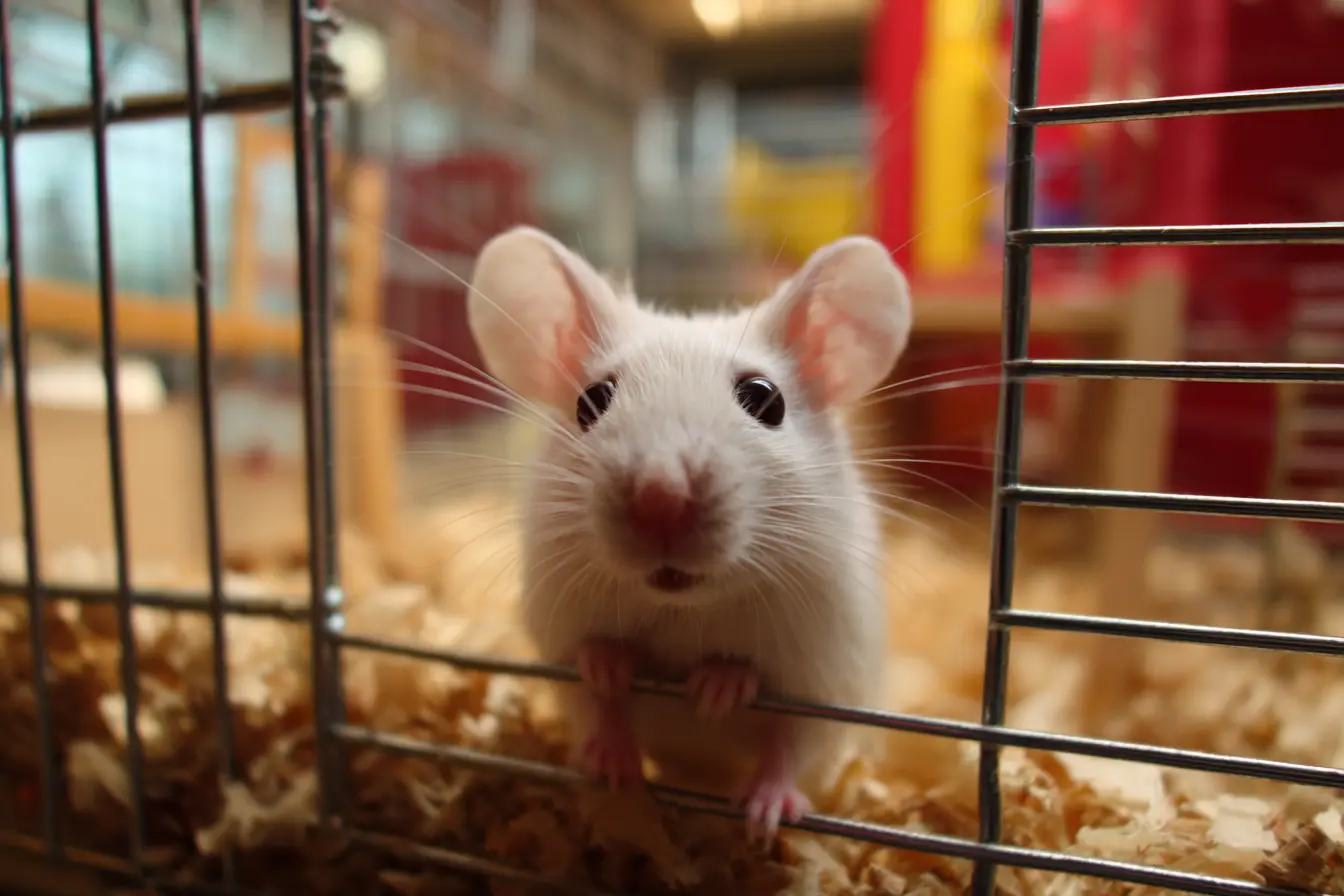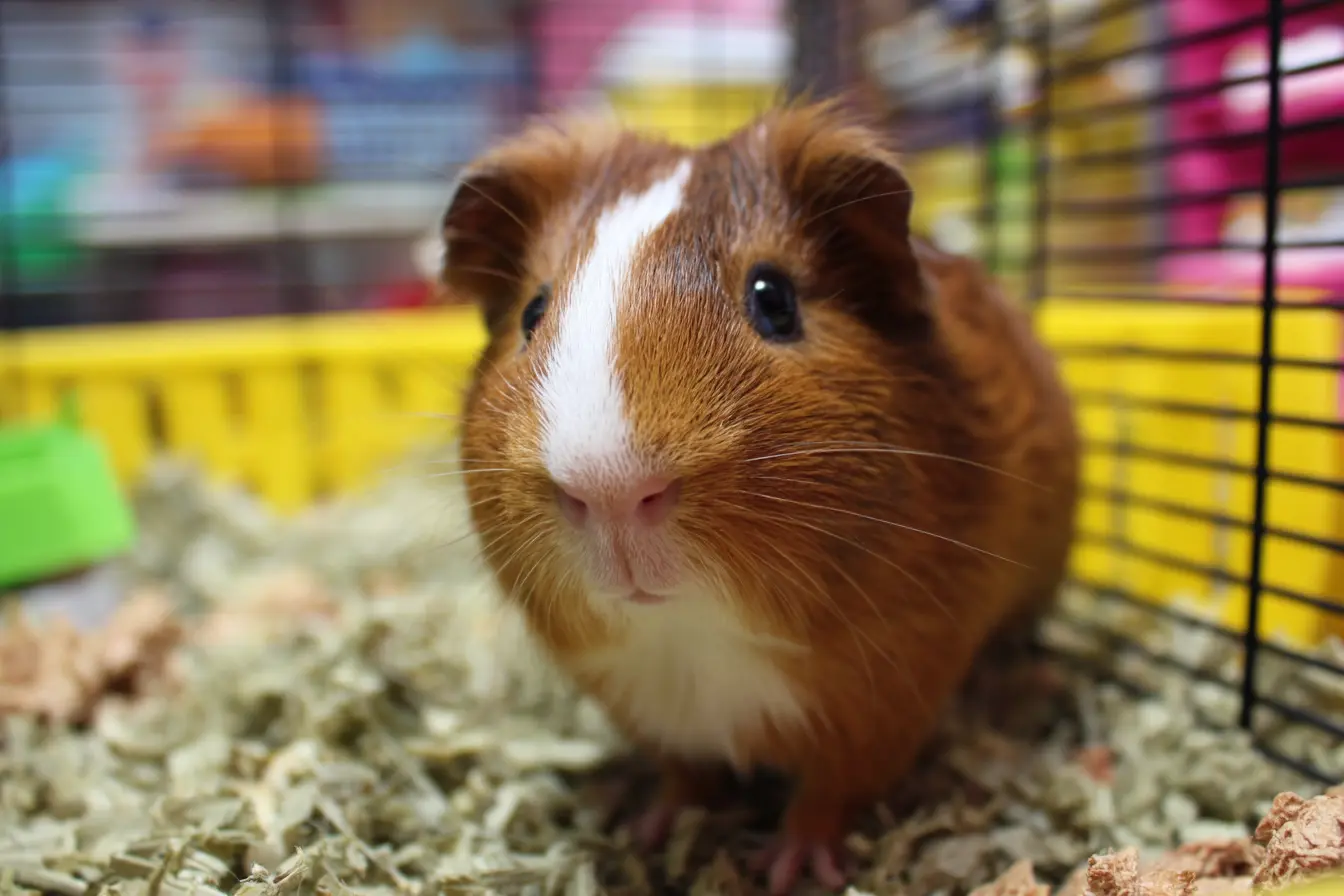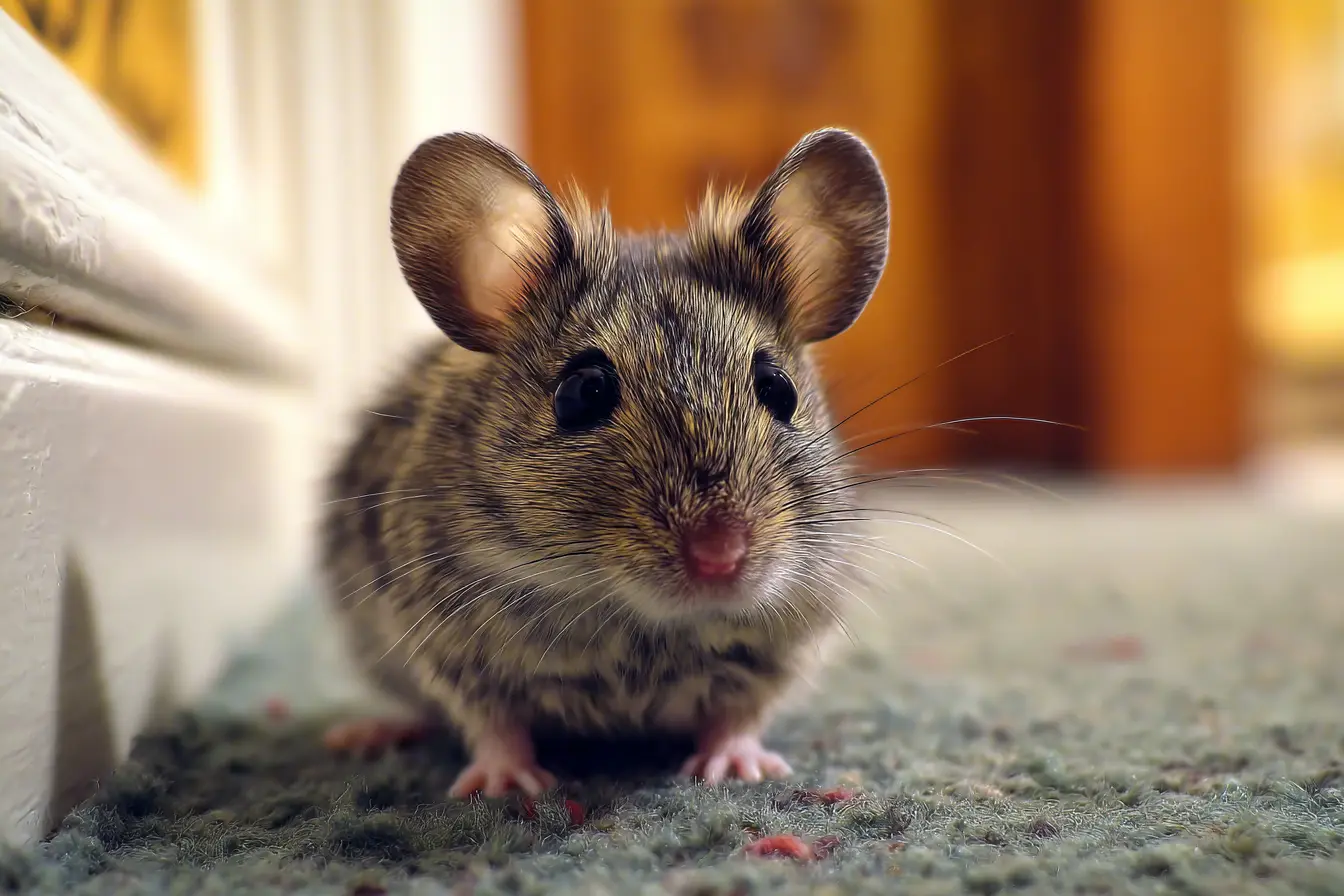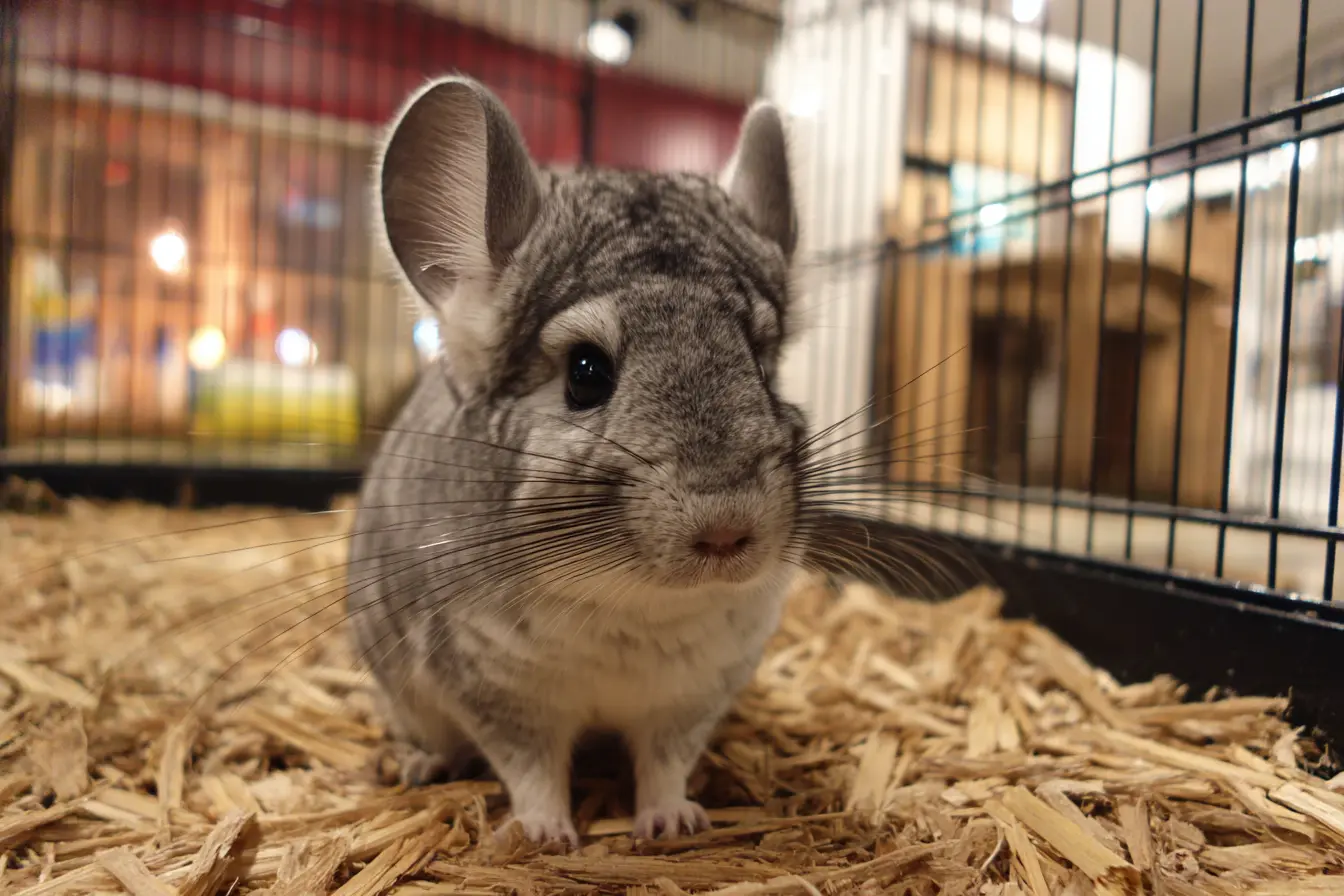
Choosing the Right Cage for Pet Mice
Mice are intelligent, curious, and social animals that make fascinating pets when housed correctly. The cage you choose for your mice is the foundation of their health and happiness. It must support their physical needs, encourage natural behaviour, and offer mental stimulation. In this guide, you’ll find everything you need to know about choosing the right enclosure for your pet mice.
Understanding Mouse Behaviour
Mice are very active and love to climb, explore, burrow, and forage. In the wild, they build nests, dig complex tunnels, and move between levels of their environment. A suitable cage needs to reflect these behaviours and allow for constant activity, social interaction, and security.
Pet mice are also social animals and should always be kept in same-sex groups to avoid loneliness and stress. Solitary housing is strongly discouraged except under rare medical or behavioural circumstances.
Cage Size and Dimensions
Despite their small size, mice require a large amount of space to explore and interact. A cage for a small group should provide a minimum floor space of 80 x 50 cm with plenty of vertical room for climbing. Bigger is always better, as it reduces territorial behaviour and promotes enrichment.
Horizontal space is just as important as vertical space. Mice are ground-dwelling and benefit from floor area to run and dig.
Bar Spacing and Escape Prevention
Mice are extremely good at escaping through the smallest gaps. The bar spacing on any wire cage should be no more than 0.6 cm. For younger or smaller mice, even narrower spacing may be necessary.
The bars should be horizontal to allow climbing and should be chew-resistant. All doors and joints must be secure, as mice are excellent problem-solvers and can quickly exploit weaknesses in cage construction.
Material and Durability
The cage should be made from strong, non-toxic materials. Metal cages with a deep plastic or metal base are the most common choice. Avoid cages with exposed soft plastic parts, which mice can chew through.
Glass tanks or bin cages are suitable alternatives but require careful attention to ventilation. These enclosures should have mesh lids and ideally mesh side panels to prevent humidity build-up and ensure airflow.
Substrate and Digging
Mice are natural burrowers. Provide at least 10 cm of bedding depth in one section of the cage to allow them to dig and nest. Suitable substrates include paper-based bedding, hemp, or aspen shavings.
Avoid pine and cedar shavings, as they contain aromatic oils that can harm your mice’s respiratory systems. Always ensure bedding is dust-extracted and safe for small animals.
Add nesting materials like shredded paper or hay to encourage nest-building behaviour.
Levels and Climbing
Mice love to climb and jump, so multi-level cages are highly recommended. Platforms and ramps allow for more movement and help reduce stress. Ramps should have grip or be covered in fabric to prevent slipping.
Make sure levels are not so far apart that a fall could cause injury. Although small, mice can be hurt by long drops, especially in cages with hard bases. Use hammocks, tunnels, or soft bedding under platforms to provide cushioning.
Enrichment and Accessories
To keep your mice mentally and physically stimulated, the cage should be filled with enrichment options. Rotate toys and rearrange items regularly to maintain interest.
Recommended accessories include:
- Hideouts and tunnels: Provide privacy and security
- Climbing structures: Branches, ladders, or climbing ropes
- Wheels: Solid-surface wheels with a minimum diameter of 20 cm to prevent spine damage
- Chew toys: Wooden blocks, cardboard tubes, and pumice stones
- Digging box: Filled with safe material for foraging and digging
Enrichment is not optional. Without it, mice can become bored, depressed, or aggressive.
Cleaning and Maintenance
Choose a cage that is easy to clean. Spot-clean daily to remove soiled bedding and uneaten food, and do a full clean weekly. Removable trays and large doors make cleaning much easier.
Use pet-safe disinfectants and ensure the cage is dry before reintroducing your mice. Avoid strong-smelling cleaning products that may stress your pets.
Ventilation and Placement
Mice need good airflow to prevent respiratory issues. Wire cages are ideal for this, but tank-style cages must have large mesh areas to provide sufficient ventilation.
Place the cage in a quiet area out of direct sunlight, away from draughts and sudden temperature changes. Avoid kitchens and bathrooms, which can be humid or noisy. Keep the cage off the floor to reduce exposure to cold and to help your mice feel secure.
Social Housing Considerations
Mice must not be housed alone. Females generally do well in same-sex groups. Male mice are more territorial and may fight, but some can be kept together if raised from a young age and given plenty of space.
Always monitor behaviour when introducing new mice and be prepared to separate if necessary. Ensure the cage has enough hideouts, space, and feeding stations to reduce competition.
Summary
A good mouse cage provides safe, secure space with plenty of room to dig, climb, and explore. It should support their social nature, include enrichment, and be easy to clean and well ventilated. With the right setup, your mice will stay healthy, active, and happy.
Vets near you
Speciality vets
- Aquatics vet specialists
- Birds vet specialists
- Camelids vet specialists
- Cats vet specialists
- Cattle vet specialists
- Deer vet specialists
- Dogs vet specialists
- Equines vet specialists
- Exotic vet specialists
- Goats vet specialists
- Pigs vet specialists
- Poultry vet specialists
- Sheep vet specialists
- Small Mammals vet specialists
- Wild vet specialists



